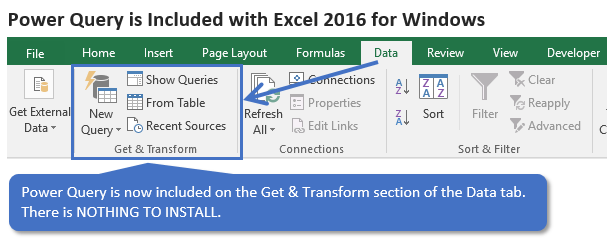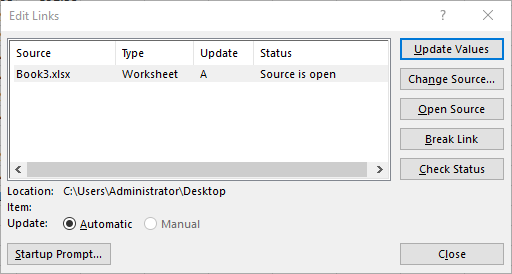

One tip: When you are loading data from SQL Server, it is not the best idea to execute SQL statement directly in connection string. Currency data type is not related to specific formatting, but to decimal with 4 digits after coma (fixed).

PowerQuery does not resolve number format, as it is not intended for such purpose. As you can see the new added record is loaded to the worksheet and the formatting still remains. Now go and add a new record in the Production.Product table in SQL Server then refresh the Power Query. Select Properties from Connections ribbon from DATA tab in Excel and tick “Preserve column sort/filter/layout” option for the “Power Query – Query 1” connection and click OK.Close and load the query to a worksheet, then change the format cell of “ListPrice” column as currency.And as you also can see there is no formatting you can do for the “ListPrice” column. As you can see in the below image, Power Query considered it as a Decimal number. List price is a Money column in the Production.Product table.
#HOW TO UPDATE EXTERNAL QUERIES IN EXCEL 2016 CODE#

But, as soon as I refreshed the data source from Power Query all of the defined formatting were gone. So I loaded the data to an Excel worksheet and I spent some time to do some cell formatting including thousand separation and currency formatting and so on. So I decided to do use the power of cell formatting in Excel. I was loading sales data from SQL Server and I noticed that there is no easy way to define a 1000 separator in Power Query. In this post I want to share my experience with refreshing data in Power Query and the way it affects loaded data to an Excel worksheet.


 0 kommentar(er)
0 kommentar(er)
